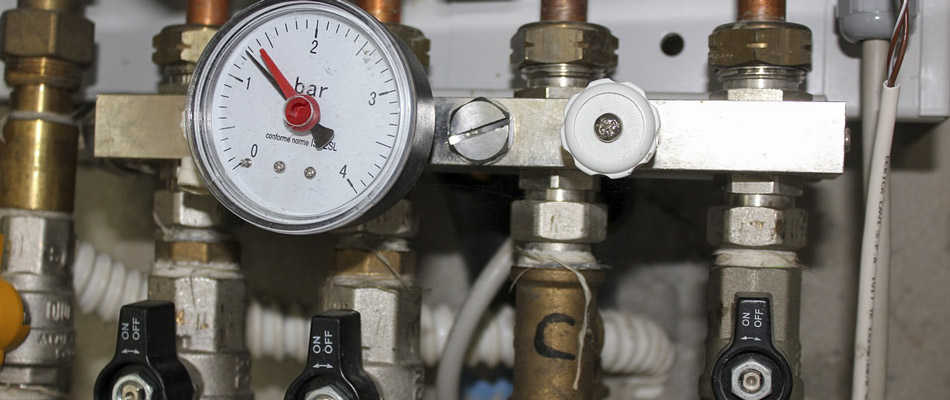By Marco Bieri, Energy Management Specialist
Recommissioning is the process of optimizing the systems in your facilities. Like a tune-up for your car, recommissioning extends the life and improves the performance of your school’s systems.
As a continuous process, recommissioning is centred around monitoring, analyzing and refining the operations and systems. It does not mean big capital upgrades – by definition, recommissioning typically has less than a two-year payback.
All schools can benefit from recommissioning, and the small changes can add up to both energy and cost savings. Also, you don’t need to be an HVAC expert or an energy manager to begin recommissioning. Following a few best practices will improve the performance of your systems.
Common areas of improvement
The first step to recommissioning is understanding the specific systems in your facilities. When I go to a school for the first time, I talk to whoever oversees the facility and get a tour of the school. These are some areas of improvement I often see:
Schedule of HVAC systems
The people who control the scheduling have a lot of power at their fingertips. No matter who does the scheduling, there are many benefits to customizing and regularly adjusting the school’s schedule.
I often see schedules that are made to meet the demands of generic extremes in weather, such as a schedule that is set for hot summer days when it is not hot outside. Most often, schedules are set at the beginning of a season and then forgotten about a few months later. Regularly adjusting the schedule for weather, occupancy or demand is great, but be sure to keep up with the regular changes.
Just like weather has seasons, schools also have regular changes and patterns. I sometime observe schools that do not refine their schedule for the breaks, whether summer, winter or other periods when most people are away from the building.
Integrating upgrades into existing systems
New technology doesn’t necessarily mean a building is being as energy efficient as possible. Installations focus on introducing new equipment and not on optimizing it for its location. Overall, this means the entire system got more complex and there is often room to optimize sequencing, scheduling or the equipment’s operation.
I find this often with new VFDs or mechanical upgrades. When I see a VFD, I take a close look to make sure it is modulating correctly. On more than one occasion, I have seen new VFDs that have been installed, set at one speed and just left.
Opposing operations
I have witnessed moments when two opposing operations are running at the same time. For example, both heating and cooling systems running in tandem. The first step to catch these obvious faults is to begin a recommissioning cycle and monitor the systems in detail.
Let us help!
Rede understands that facilities staff have long to-do lists. We can help with all parts of a recommissioning cycle and work alongside your staff to find solutions that meet your budget and unique demands of your buildings.
An outside pair of eyes and ears can be advantageous in finding areas for improvement in your buildings. As the saying goes, it is difficult to see the forest for the trees. I went into one school and noticed an mistake with the schedule – the air handler was on even though it was scheduled to be off. Their staff were accustomed to the building’s noises so they did not notice the change (or lack of change) in sound. It turned out there was an error in communication between the schedule and equipment.
Recommissioning starts with temperatures, setpoints and scheduling, but it can quickly get more complex. We can go beyond the basics and get into the details of your HVAC systems. And through the entire process, Rede will work within and improve your school’s existing conservation strategies.
